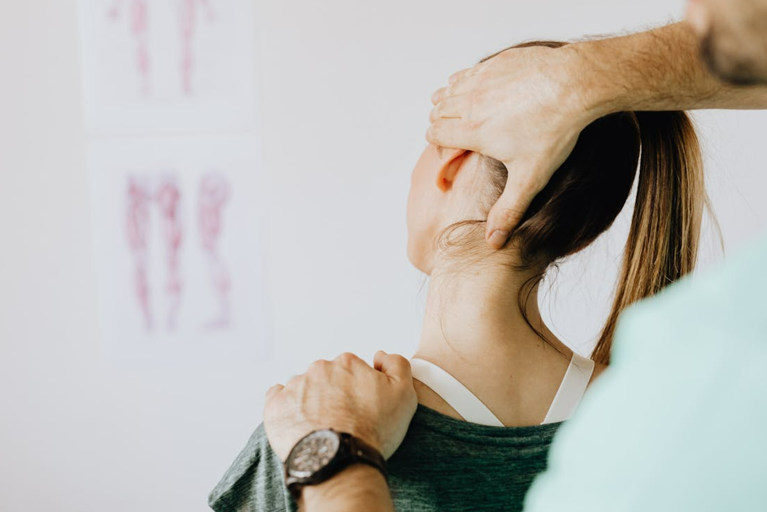That blinding snap you experienced as you left for your morning jog, or that burning feel you had in your knee when you broke out your Saturday morning pickup game—that’s what makes you convinced you pulled a ligament. When there’s ongoing pain, swelling, or instability in a joint, an understanding of what’s happening underneath your skin is the first step toward getting it treated.
Sprains of ligaments are among the most common musculoskeletal injuries and occur to millions of people each year. Professional athletes, weekend warriors, and all those in between are susceptible to them when they’re working out, playing a sport, or, for that matter, even just going about everyday activity.
Learning about Ligaments and their Role
Ligaments are fibrous, tough bands of connective tissue that connect the bones in your joints together. They’re your internal braces—giving the joint its structural support and protection from excessive movement that harms your joints.
You do have hundreds of ligaments in the body, but some are more prone to getting injured than others. Your knee, for instance, has four large ligaments that consist of the anterior cruciate ligament (ACL) and medial collateral ligament (MCL). Knee specialists in Melbourne work hard to repair problems for those affected. Your ankles, your wrists, your shoulders, and your backbone all rely on the ligaments too.
As long as your ligaments remain intact, they permit smooth, controlled movement and prevent your joints from going beyond their protective range of movement. When forces transmitted through them surpass the amount of force that these tissues can absorb, however, they are damaged.
Types of Ligament Injuries
Ligament injuries are grouped into three classes according to different levels of severity and need for treatment.
Sprains
The least severe ligament sprains are sprains and occur when ligament fibres overstretch past the normal level but aren’t torn at all. You will experience some pain, some swelling, and some tenderness around the joint. All but extreme sprains will heal in days to weeks with treatment.
Partial Tears
More severe than a sprain, a partial tear happens when some but not all of the fibres of the ligament are torn. They are very painful, with swelling and joint instability. You may have trouble with weight-bearing or with joint use.
Complete Ruptures
The most serious ligament injury is a rupture or complete tear, in which the ligament splits completely. The lesion will usually result in a “pop” during injury, severe pain, immediate swelling, and joint instability.
How Severe Are Ligament Injuries?
Just how bad your ligament injury actually is depends on a lot of things: which ligament, extent of damage, level of activity, and how soon you get treated.
Mild sprains will not usually become chronic and will usually recover fully with rest and minimal attention. Severe injuries will produce chronic instability of the involved joint, increased risk of recurrent injury, and even arthritis if left untreated.
Certain ligament injuries need to be treated with urgent medical care. ACL injuries, for instance, usually need to be reconstructed surgically, especially for patients who are keen to return to sport. Ankle sprains are likewise very prevalent and can eventually turn chronic if not adequately rehabilitated.
Treatment Choices for Recovery
Treatment, of course, is based on the severity of the injury but generally follows a line of conservative treatment to increasingly invasive procedures.
Early Treatment
RICE principle—Rest, Ice, Compression, and Elevation—is the standard treatment for acute ligament injury. The modality is employed to control pain and swelling during the acute 48-72 hours post-injury.
Physical Therapy
Once the initial inflammation has passed, physical therapy is required to regain strength, flexibility, and stability. A trained therapist will work with you on exercises to speed up the healing process and avoid re-injury.
Surgical Intervention
Major ligament tearing, which results in severe ligament damage, might need surgery to repair or reconstruct the ligaments. Current surgical methods generally yield very good outcomes, but always involve recovery that requires several months.
Taking the Next Step
Ligament injuries may be as mild as irritation or as bad as disabling with prolonged treatment periods. Proper healing is all about proper diagnosis and proper treatment from the start.
If you think you have injured a ligament, don’t wait. Don’t let symptoms worsen. Early treatment also prevents tiny injuries from becoming massive issues. Seek out a medical professional who can properly evaluate your injury and develop a treatment program tailored to your needs and objectives.

